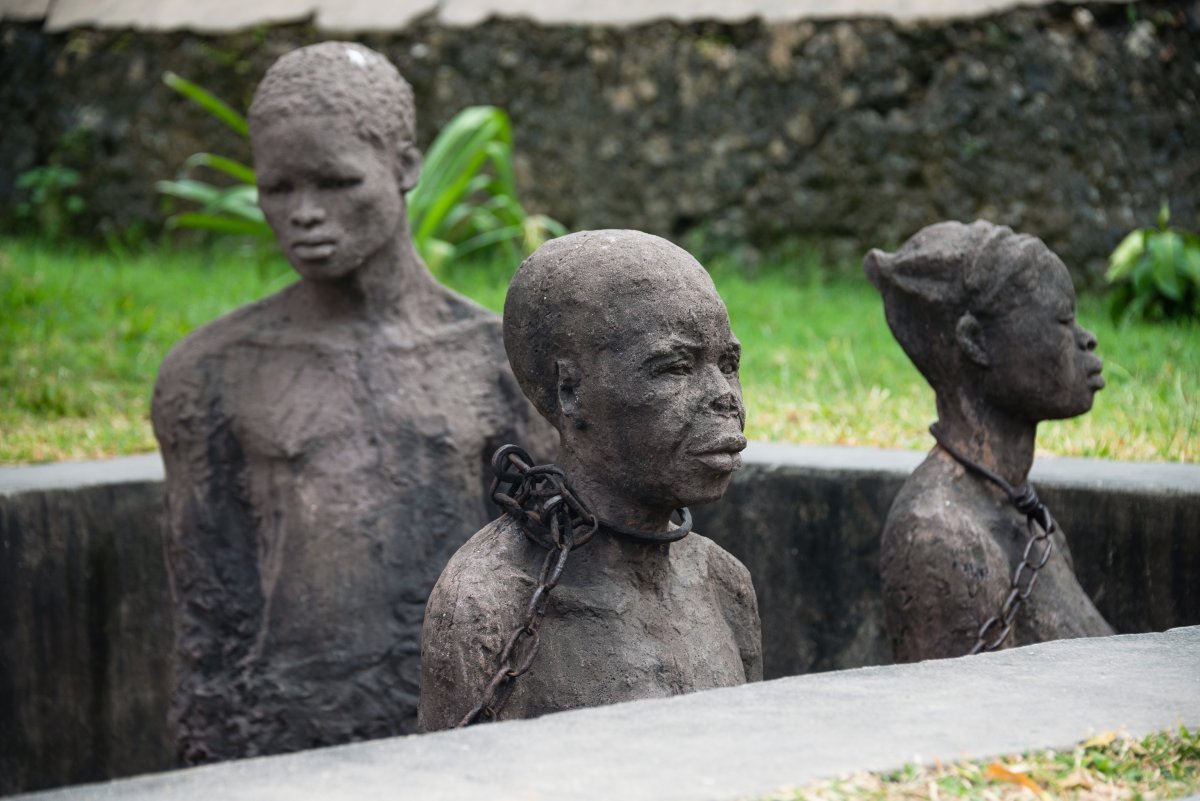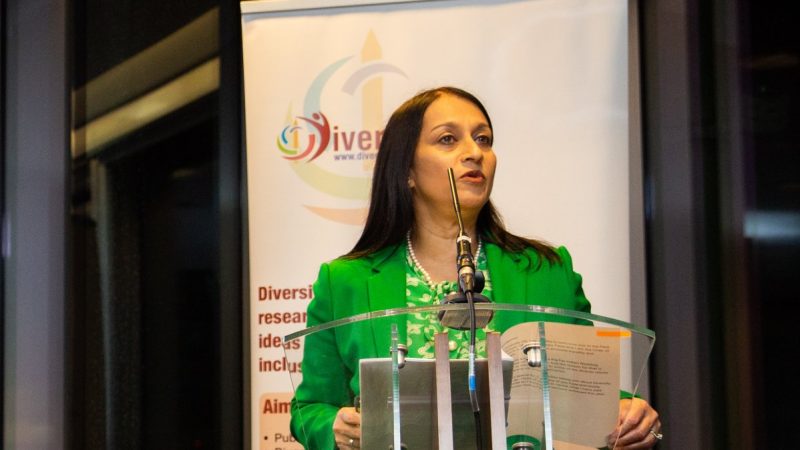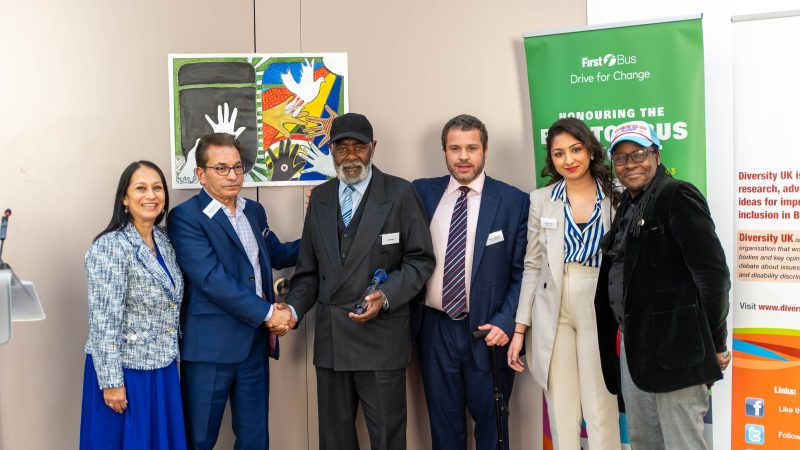Landmark memorial for the victims of the transatlantic slave trade

The Mayor of London, Sadiq Khan, has today announced plans for a new memorial in the capital to honour the victims of the transatlantic slave trade and recognise London’s role in the trade itself.
London played a fundamental role in the organisation and funding of the transatlantic slave trade. While there are monuments commemorating abolition, and many statues and buildings reflecting the wealth and power the slave trade created, there is little to memorialise the millions of African people who were enslaved and abused as a result – or its impact on generations of Black communities.
Ahead of the International Day of Remembrance of the Victims of Slavery and the Transatlantic Slave Trade, the Mayor is committing £500,000 to develop a memorial in West India Quay in London Docklands. The area is home to warehouses that were built to receive the products of slavery – the only surviving buildings of their kind in the capital. West India Quay is also home to the Museum of London Docklands, whose London, Sugar and Slavery gallery includes an evolving exhibition dedicated to the history and legacies of the city’s involvement in the slave trade.
The new memorial will be the first in the UK of its scale and profile to reflect the experiences and the resistance of enslaved people. It will be located near the Museum of London Docklands and will be accompanied by a number of ‘satellite sites’ that will connect with different stories of slavery across the capital. Through these ‘satellite sites’, the memorial will help bring the weight of this history and the legacy of the trade throughout the capital, the UK and the world, to life.
Working in partnership with the Museum of London Docklands and the Canal & River Trust, and many other community and heritage partners, there will also be an education programme to tell a full picture of this vital chapter of London’s history.
The plan has been developed by the Mayor’s Commission for Diversity in the Public Realm, who will continue to work with communities this summer as it develops an artistic brief for the memorial. This work will fulfil Sadiq’s manifesto pledge to support a memorial to the transatlantic slave trade alongside educational programmes related to the victims and their descendants in the city.
The Mayor established the Commission for Diversity in the Public Realm to help present a fuller picture of the capital history, as the majority of London’s statues, street names and memorials largely reflect Victorian Britain. The Commission has already delivered a £1m Untold Stories programme that has provided funding to 70 projects across 24 boroughs including statues, artworks and walking tours. These programmes will not only help to enhance the representation of women, disabled people, Black, Asian and minority ethnic communities and LGBTQI+ figures in our public spaces, but also improving our collective understanding of our shared history.
The Mayor of London, Sadiq Khan, said: “The impact of the slave trade has been felt by generations of Black communities in London, across Britain and around the world. Despite this, we do not have a dedicated memorial in our capital to honour the millions of enslaved people who suffered and died as a result of this barbaric practice.
“It is vital that our public spaces reflect the heritage of our great city – in all its diversity and complexity. This memorial will help commemorate the victims of a dark, yet formative chapter of our history.
“I want everyone to be able to take pride in our public spaces and by being candid about our history, and its enduring legacy, we are creating a better and fairer London for all.”
Professor David Olusoga said: “The profits from the trade in enslaved people and from their exploitation on the plantations of the Americas helped build London's wealth. Today London is home to over a third of a million people who are descended from those enslaved people. This is a shared history and it's right that all Londoners have a memorial through which to better remember the victims of slavery in the slave trade.”
Afua Hirsch, author and broadcaster, said: “This history haunts us all the more for having been forced into the shadows. May this be the first of many, many more steps towards making it visible, seen and understood.”
Yvonne Field, founder and CEO of The Ubele Initiative, said: “This memorial will hopefully create long overdue time and space for Londoners to have deep, creative and healing conversations. It will help to increase knowledge and understanding across our culturally diverse city.”
Gary Younge, academic, journalist and broadcaster, said: "If our celebrations of London as a multi-cultural and multi-racial city are to mean anything then we must have the confidence and maturity to memorialise this dark moment in our history and honour its descendants. It’s an important part of our story.”
Binki Taylor, Commission for Diversity in the Public Realm member and partner in the Brixton Project, said: “Announcing this site is another powerful step in recognising and remembering the pain and resistance of all those that suffered the violence of the transatlantic slave trade, in a city which had such a significant role in it. To bring further into the public consciousness, the lasting trauma for many communities – a legacy that is built into this city and country. Announcing the site is also just the start of a journey, that will involve many who already have contributed so much to raising awareness of this history, and other Londoners, who will shape an empowering and lasting monument fit for the future.”
Douglas Gilmore, Managing Director, Museum of London Docklands, said: “At the Museum of London Docklands, we explore the history of the port, river and city and how these shaped London and the world we live in today. The transatlantic slave trade is intrinsic to this story, and as home to one of only three permanent galleries in the UK dedicated to this history, we’re delighted to be working with the Mayor of London to support educational initiatives around the new memorial.”
Ros Daniels, Canal & River Trust regional director for London & South East, said: “The Transatlantic slave trade is central to the history of London Docklands. Through our charity’s work with the community in Tower Hamlets and our programme of Black History Month events Canal & River Trust has been pleased to be able to play a role in telling that story. We hope this new memorial leads to greater understanding of the human suffering and loss caused by slavery and of its links to London’s waterways.”
The proposed site was chosen following a range of engagement event by the Commission for Diversity in the Public Realm.The Commission will develop an artistic brief for the memorial that will be informed by community engagement. This is expected to start in summer 2023. The memorial is expected to be unveiled by summer 2026. The full cost of the project will depend on successful bids.
The chosen site is near to where the statue of Robert Milligan formerly stood. In 2020, the Canal and River Trust, the London Borough of Tower Hamlets, the Museum of London, and other partners in Canary Wharf, removed a statue of Robert Milligan, a prominent London-based slave trader, which had been in place since 1997. The statue is now part of the Museum of London’s collection and is being held in storage while the museum consults with the public on how to best present it.




